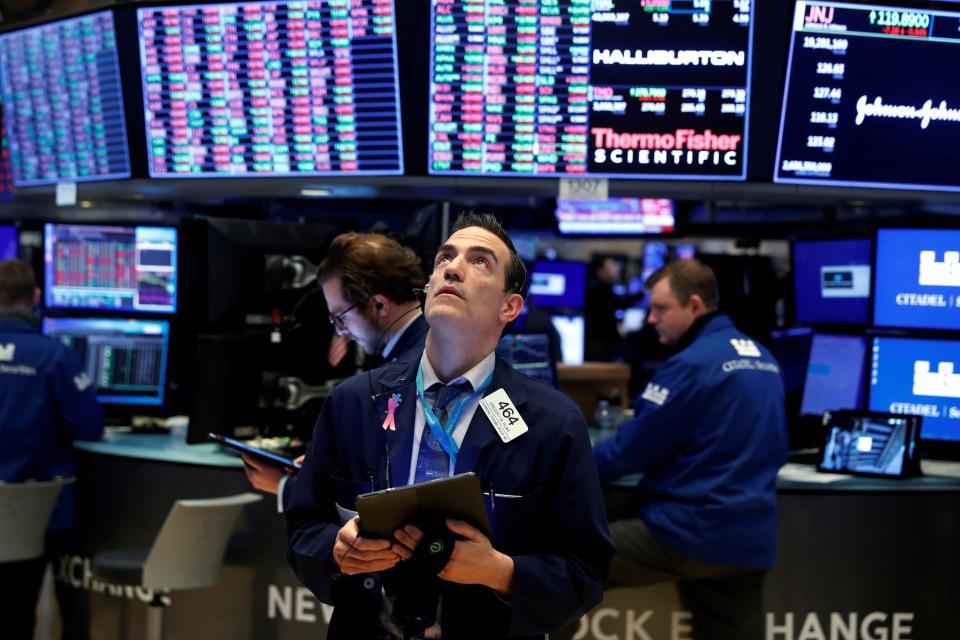
-
UBS raised its year-end price target for the S&P 500 to 5,900, marking the bank’s fourth increase this year.
-
UBS said favorable market conditions continue due to earnings growth, disinflation and AI investments.
-
It added that in a bull case scenario, the S&P 500 could rise 17% to 6,500 points by year-end.
UBS again raises its price target for the end of the year S&P500.
For the fourth time this year, UBS raised its price target on Thursday, with the bank expecting the S&P 500 to end the year at 5,900, representing a potential upside of 7% from current levels.
The bank also set a bull-case target of 6,500 by the end of the year, representing a potential upside of 17%.
UBS initially had a year-end price target of 4,850. The bank raised it to 5,150 in January and to 5,400 in February to 5,600 in May.
“We believe the market environment remains favorable thanks to: 1) solid and broader earnings growth, 2) disinflation, 3) a Federal Reserve focused on rate cuts, and 4) increasing investment in AI infrastructure and applications,” said UBS CIO- head of the US shares David Lefkowitz said in a note.
Lefkowitz said the stock market’s strong 16% rally this year was supported by solid earnings growth, and the trend should continue well into 2025.
UBS expects S&P 500 earnings per share to reach $250 this year, representing annual growth of 11%, followed by 8% growth to $270 in 2025.
These earnings and price target estimates would represent a historically high price-to-earnings ratio for the S&P 500, but Lefkowitz believes this is justified.
“The market’s price-to-earnings ratio is high, but reasonable in the context of the favorable macro environment,” Lefkowitz said.
And the stock market’s price-to-earnings ratio could rise even further if the bull case scenario outlined by Lefkowitz comes to fruition.
That scenario is based on three things happening.
-
The continued advancement of AI technologies
“The impact of artificial intelligence on productivity and profit growth is greater and will come sooner than investors expect.”
-
Stronger than expected economic growth
“High wages attract even more workers into the workforce, and demand for labor remains strong. Real incomes continue to grow and household cash cushions persist.”
-
Cooler than expected inflation
“Lingering inflation pressures are disappearing quickly and the Fed is cutting rates more than we expect, lifting economic growth and corporate earnings estimates.”
Finally, Lefkowitz said that despite the recent cooling in economic growth trends, “growth remains on solid footing,” with the labor market remaining healthy with 1.2 job openings for every unemployed person and rising real wages.
And according to the bank, this solid labor market should ultimately support further gains in the stock market.
Read the original article Business insider
